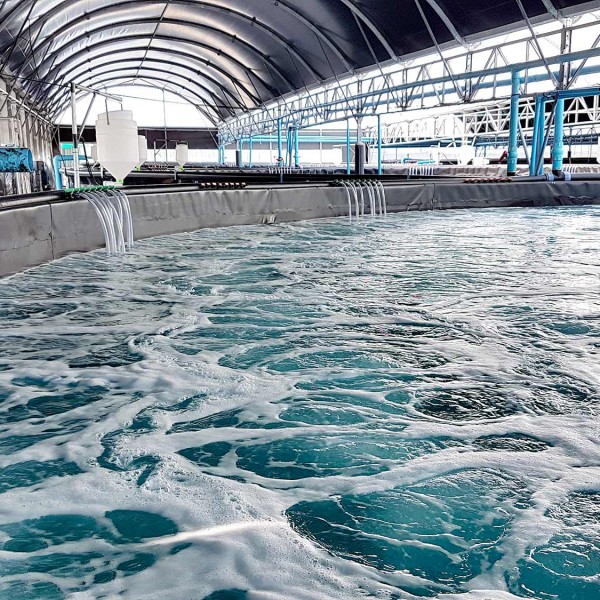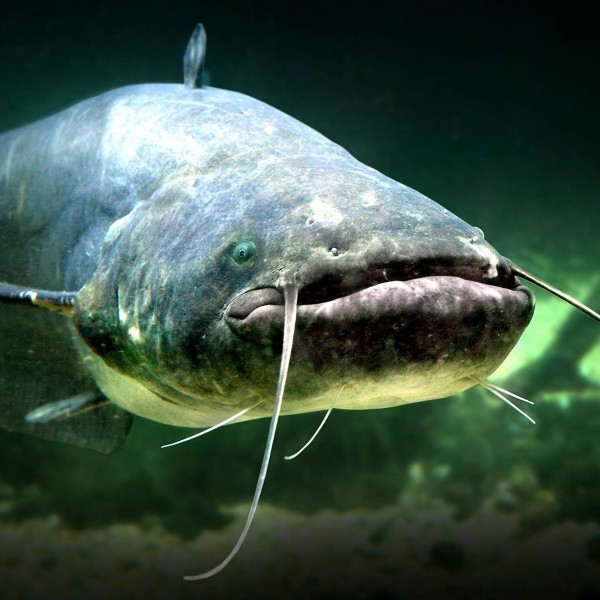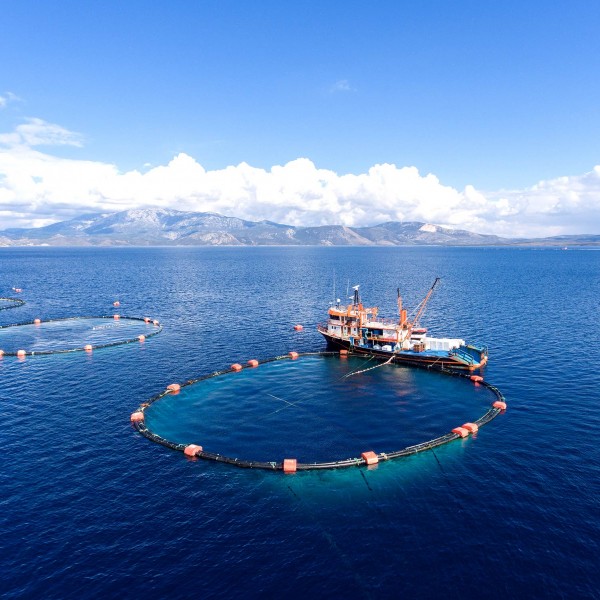Expanding Utilization And Increasing Value Of Sorghum Fractions Via Microbial Conversion
EXECUTIVE SUMMARY
December 2017
This project was designed to create value added for sorghum fractions such as sorghum mill feed (SMF) and sorghum hominy (SH) and increase their demand and profitability. While the relatively low protein, high fiber, and anti-nutritional content of SMF and SH limits their inclusion in traditional livestock feeding applications and higher value aquafeeds, other targeted aquafeeds uses particularly with lower trophic fish such as tilapia and catfish remain likely possibilities. Aquafeeds production for these two species on a global basis exceed two million metric tons and require feed ingredients that are priced competitively to enable them to displace existing plant based sources such as soy, wheat and wheat middlings (mids). Thus, the project’s specific objectives include: 1) Optimize, scale-up, and validate the microbial conversion process for SMF/SH, 2) Evaluate both bioprocessed SMF/SH and/or SH as possible feed ingredients for tilapia aquaculture and 3) Estimate commercial scale production costs (CAPEX/OPEX), market size and value, return on investment (ROI) potential, and timeline for deployment. Our results summarized in this final report show that SH can effectively be utilized as a feedstock for aerobic fermentation using the organism, T. reesei, to increase the protein content and desirable amino acid composition of SH. The resulting bioprocessed SH product can be used effectively as a feed ingredient in extruded aquafeeds at inclusion rates >20% to create high quality floating pelleted aquafeeds. Tank-based feeding and growth trials using tilapia were conducted to evaluate both SH and bioprocessed SH performance as feed ingredients. These data reveal that SH can be used at inclusion rates of 25% of custom formulated diets and achieve fish performance that is similar to commercial tilapia feeds. By contrast, while tilapia fed pelleted feeds containing SH bioprocessed with T. reesei display similar growth, their feed efficiency is reduced as compared to control tilapia and the resulting fillets from market size fish contain an undesirable off-flavor that is highly undesirable. Taken together, use of T. reesei to bioprocess SH as a feed ingredient for tilapia aquaculture appears to be problematic. By contrast, SH can be combined successfully with another high value bioprocessed feed ingredient called ME-PRO® that is produced using aerobic fermentation of washed soybean meal to create both high quality extruded pelleted aquafeeds as well as utilize a very low cost screw press methodology (<$15,000 CAPEX investment) to create acceptable aquafeeds that perform well in tank-based feed trials. Taken together, these data support further efforts to focus on development of SH as a replacement for the combination of whole wheat and wheat midds that are widely used by the aquafeeds manufacturing sector as well as possible creation of new markets for SH as a key feed ingredient to allow fish farmers in isolated or underserved areas of the globe to manufacture suitable aquafeeds without the large (>$1,000,000 USD CAPEX) investment to establish an extruded feed mill in their region.




